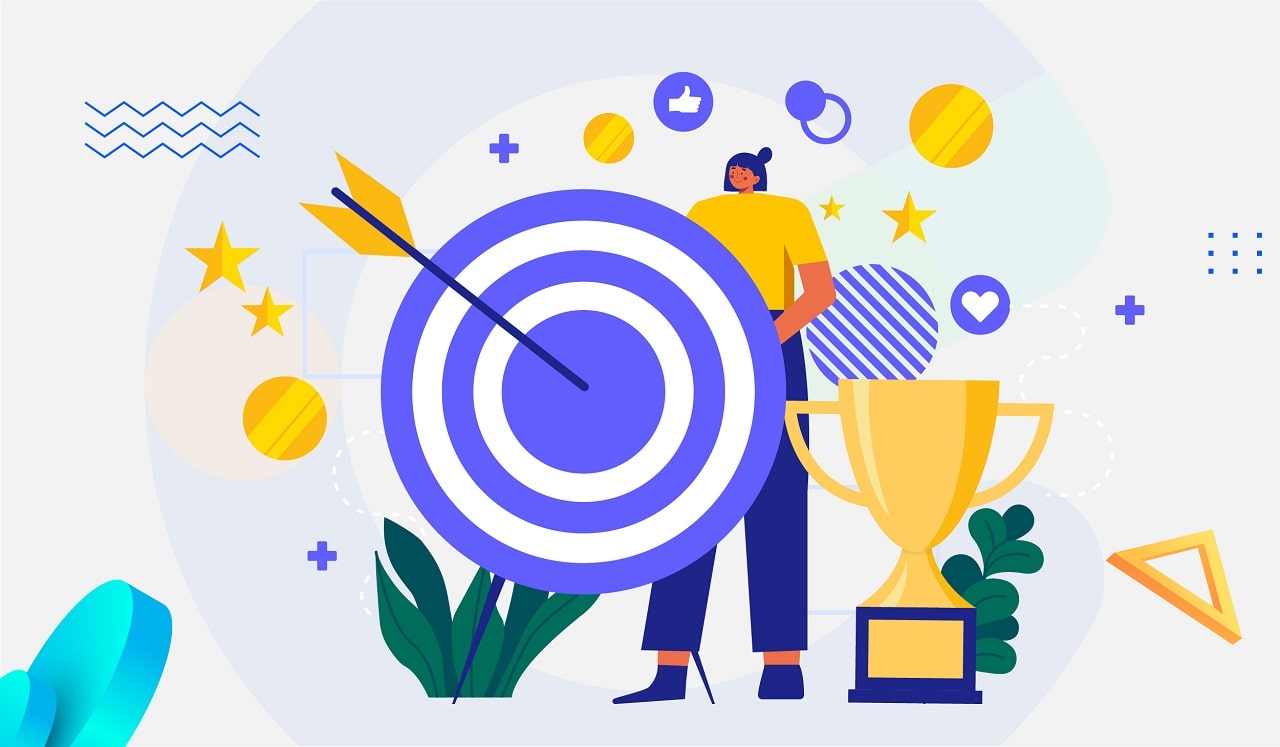The Psychology of Gamification and How It Works

Ever wondered why you keep going back to your favorite game? Is it just that the game is interesting or is there more to it? Why exactly do you feel happier every time you play that game? What is the psychology behind gamification and why do industry experts say that leveraging gamification can help boost your business’ ROI like no other? To learn about the gamification industry and how gamification works at the psychological level, read on.
In 2020, the global gamification market was valued at $10.19 million, and it is projected to reach $38.42 million by 2026, with a CAGR of 25.10% during the forecast period (2021 - 2026). The exponential growth in the number of smartphones and mobile devices has created a vast base for the gamification market. This growth is also supported by the increasing recognition of gamification systems as a method to architecture human behavior, in order to induce innovation, productivity, and engagement.
The ultimate goal of gamification is to create a deeper connection between the product or service and its users by using game-like elements in a non-game context. This is done by employing various techniques that are designed to make a user feel more engaged and incentivized to interact more with the product or service in question. In most cases, these interactions take the form of accomplishing various tasks, ranging from learning new information to making purchases.
Next, let’s learn about gamification psychology and how it works -
Gamification relies on many different motivational factors that appeal directly to psychology. Mentioned below are some of the main psychological elements used in gamification:
Satisfies Basic Human Desires - One of the primary factors that make gamification a huge success is that it satisfies our basic human desires - the need to achieve something, be recognized and be rewarded. Moreover, it allows users to collaborate and compete with each other, both of which they thoroughly enjoy. Overall, by tapping these basic human desires, gamification creates a fun environment for the users!
Releases Cognitive Overload - Research from various sources confirms that the human brain is capable of absorbing a limited amount of information at any given point of time. After a point, it gets overloaded and exhausted. Games have the ability to reduce stress and help the brain steer clear of its clutter, thereby allowing one to release their cognitive overload and rejuvenate their mind.
Fosters Emotional Connection - Gamification, when executed well, can help forge an emotional connection and promote productivity. Think about it - stories are memorable, right? Well, the same goes for gamification. Everyone loves a good story, and gamification develops engaging narratives around an activity, making it more relevant and captivating for the users.
Encourages Dopamine Production - Games are so effective at engaging users because of dopamine, a neurotransmitter in your brain that is activated whenever you achieve something positive. Think of it as the brain's reward pathway, which makes you feel good when you play. Every time you unlock new levels and earn gamification rewards, your dopamine level builds, activating your sense of achievement, making you feel happier and wanting to play more.
All in all, gamification is an excellent way to get people more interested in a business. It assists in boosting brand awareness, getting customers to engage with the brand in a fun way, engendering customer loyalty and further learning about their customer preferences.
However, can all businesses benefit from the psychology of gamification?
Gamification has become an established facet of engagement and motivation for both - product and service-based businesses. For example, Starbucks' My Starbucks Rewards program is one of the most successful gamified programs out there. In fact, 50 percent of startups plan to incorporate gamification in their business plans this year. Gamification may demand comprehensive planning but it certainly holds the potential to work wonders for businesses across industries. To learn about the nitty-gritty details of creating a successful gamification strategy, click here!
Not stopping there, gamification can also offer a competitive edge to event planners. At its core, gamification is focused on engaging your users. The idea is to create an environment where they want to keep coming back to do more of what they’re doing. For event planners, this means creating an experience that keeps people engaged in the event - not just when they’re at the actual event but before and after as well. This is important because the happier attendees are with their overall experience, the more likely they are to tell others about it, encouraging word-of-mouth marketing.
As rightly said by David Adler, CEO of BizBash Event Style Media, "Gamification can achieve many things. It gives the attendee a reason to be on-site, it gives the attendee a reason to interact with others and it gives the attendee a reason to keep coming back."
If you are looking for an event gamification tool to create engaging experiences for your event’s attendees, consider Engamio. Our gamification solutions allow sponsors and exhibitors to attract, engage and reward event participants while they are at the event or after it's ended. Get in touch with us to learn more about our customizable gamified offerings.